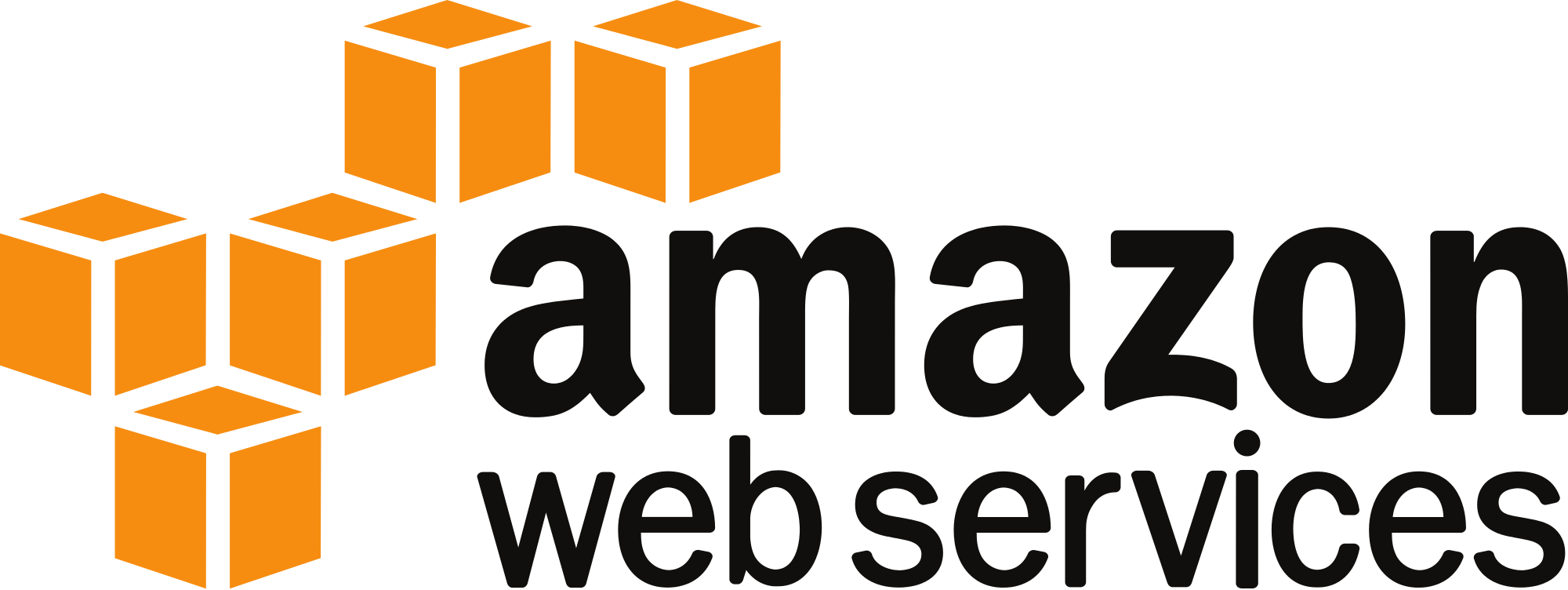
Stockholm Data Parks had the chance to speak with Torbjörn Bengtsson at Invest Stockholm. Torbjörn heads the ICT division and is Invest Stockholm’s representative in Stockholm Data Parks. He played an important role in bringing Amazon Web Services to the Stockholm Region.
What are the advantages of establishing a data center in the Stockholm Region?
The Stockholm region combines all the great things Sweden can offer ie lowest power cost in the EU, reliable power grids, green power and a great connectivity to the rest of Europe with the added advantage of being a major city. Here you are close to the customers. Stockholm is the head quarter of many large multinational firms as well as producing tech unicorns at a level not seen anywhere outside Silicon Valley. Being an internet hub with 125 connected networks and all major carrier allows datacenter operators and content providers to connect redundantly to end users across the Nordics & Russia.
What are the key reasons Amazon decided to invest in the Stockholm Region?
The adoption of cloud has matured to an advanced stage here and we have a high density of cloud-dependent companies, many of them using Amazon Web Services. For example, iZettle, King and Mojang rely on AWS for their infrastructure. Quoting from the Amazon press release, “An AWS Region in Stockholm enables Swedish and Nordic customers, with local latency or data sovereignty requirements, to move the rest of their applications to AWS and enjoy cost and agility advantages across their entire application portfolio.”
In general, datacenter operators look for the right conditions in terms of low energy costs, a strong renewable energy base and robust fiber connectivity. From a site perspective they are look for locations that will have as much of the permitting in place as possible and will allow them to scale up ie have plenty of power and room for expansion.
How will this benefit the Stockholm Region?
Apart from the obvious capital investment, head count in operations and construction at three different locations in the greater Stockholm region (the cities of Västerås, Eskilstuna & Katrineholm) this is a major addition to the Swedish IT infrastructure and will support customers across the Nordics in their digitalization, migration to the cloud and to grow their business. To attract a player like Amazon will of course also put Stockholm on the map for other investors and build a larger ecosystem around the datacenter and cloud industries.
How large are these data centers and when should we expect them to be operational?
AWS never reveal their investments by region (sqm, power usage, headcount or USD invested) but Andy Jassy, CEO of AWS told Swedish DI Digital that this is a major investment not only in terms of the infrastructure itself but also in the staff they employ. “Over time it could mean billions of dollars if Stockholm is a successful region, and all the regions where we have launched so far have been successful”, he said.
What should we expect next for Stockholm?
We feel that the Nordics and Stockholm especially so are in the focus for datacenter investors after the tax cut as of Jan 1st 2017 which gives Sweden the lowest power costs in the EU. The investment by AWS will of course strengthen the case for Sweden and Stockholm even more so. We will together with Business Sweden and our partners in the Datacenters by Sweden project & Stockholm Data Parks continue to push this message to our potential investors.
I think that the offer that SDP represent, allowing datacenter operators to be climate positive and get paid for their excess heat, will be an even more attractive proposition during 2017 and 2018, and that we will see more companies following in the footsteps of Interxion and Ericsson that have chosen to resell their excess heat.